Imagine your dream garden, with all of its beautiful plants and wandering pathways. Now close your eyes. What do you hear? What do you smell? Just looking at plants might melt the tension from your shoulders and lift the corners of your mouth, but smelling them can transport you to a whole different world. Few things are more peaceful than sitting among the scent of lavender and the hum of bees.
Scented garden ideas vary widely, from a carefully designed scent garden to simply tucking a few fragrant plants into an existing garden, perhaps near a favorite bench or frequently walked path. Here are a few ways to add fragrance to your garden.
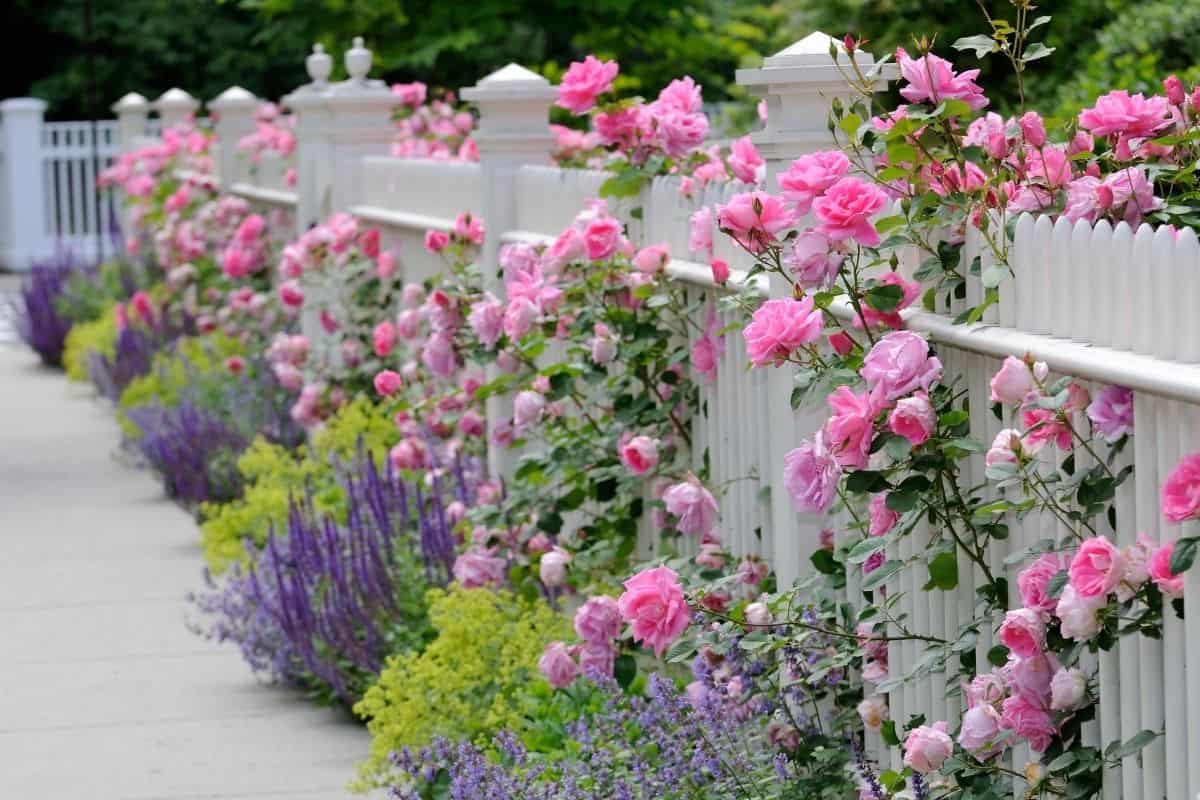
1. Perfumed rose garden
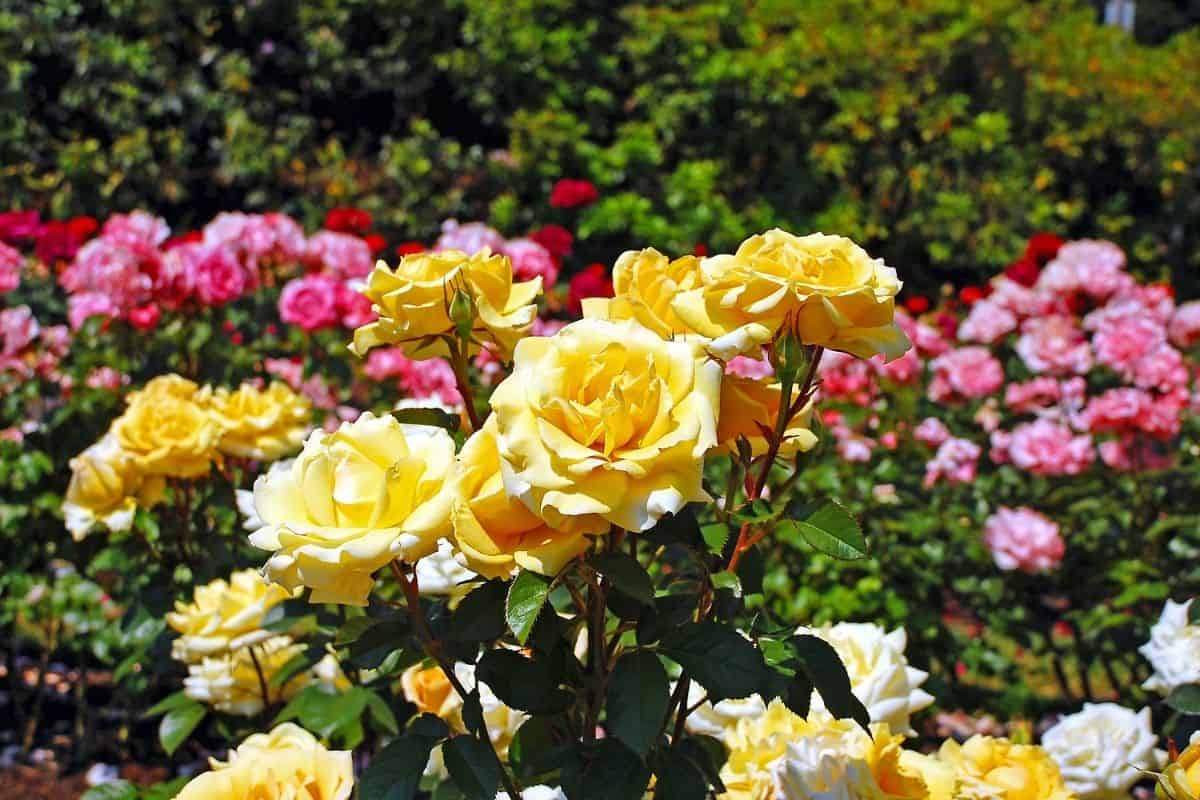
Roses are well-loved for many reasons, including their sweet scent. While all fragrant roses share a similar underlying smell, each variety has its own distinct notes, such as of spices, fruit, or other flowers. And not all roses smell; some have been bred specifically for their appearance.
A rose garden can be designed to include a range of colors as well as scents. Plus, climbing roses trained up a trellis add height to the surrounding shrubs.
An ancient variety, Damask is a shrub rose with pink blooms and a classic rose scent.
The award-winning Honey Perfume features apricot petals that give off a spicy odor reminiscent of cinnamon, clove, and nutmeg.
For a fruity fragrance, consider Boscobel, or if you love yellow roses, look for Radiant Perfume, which has notes of citrus.
The climbing variety Fourth of July has striking, streaked blooms with a sweet and spicy apple scent.
2. Scented night garden
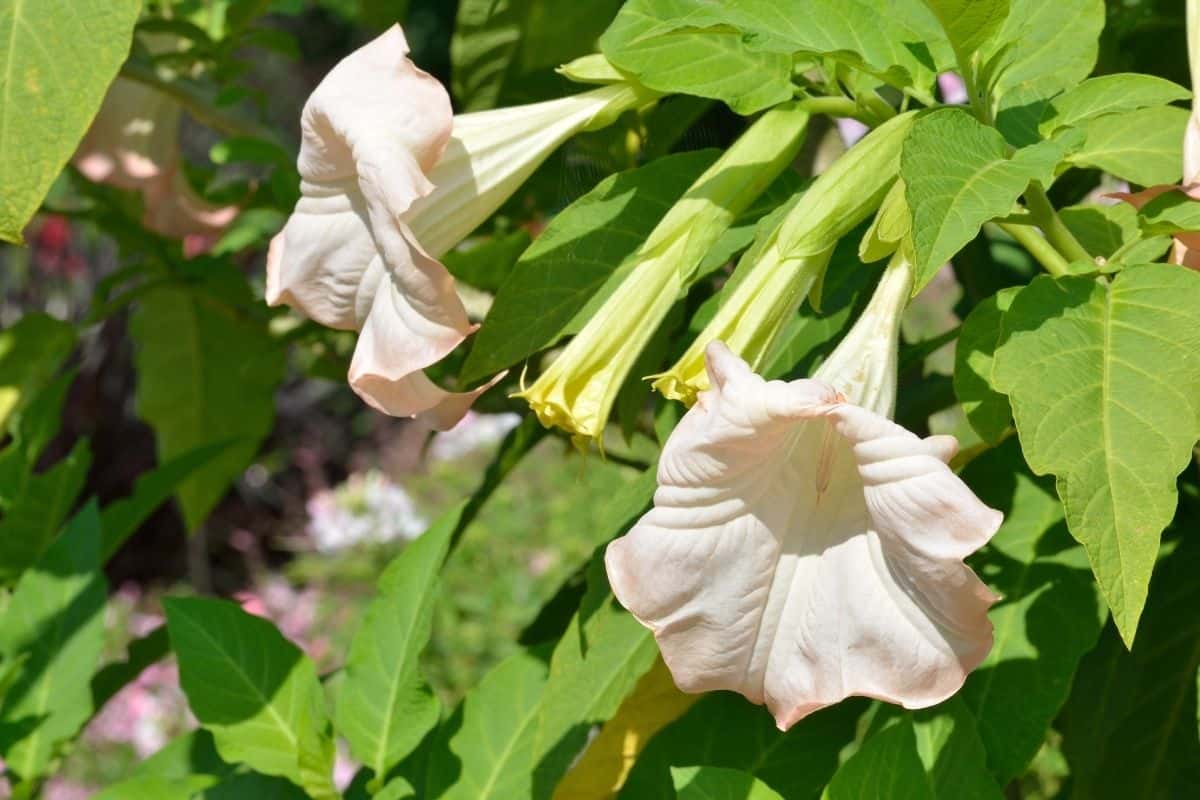
Some flowers smell sweeter in the morning, while others bloom only at night. If you enjoy watching the sunset from your porch or sitting under the stars, consider planting a few fragrant night-blooming flowers. A night garden, also called a moon garden, is often centered around a seating area, whether that’s an existing patio or a bench or swing positioned specifically for the purpose.
The plants of a moon garden typically consist of large, pale blooms and light-colored foliage, whether silvery, blue-green, or variegated. Night-flowing plants with lovely fragrance include angel’s trumpet, evening primrose, moonflower, and night phlox. Silver mound plant and sage add silvery, scented foliage.
3. Fragrant relaxation garden
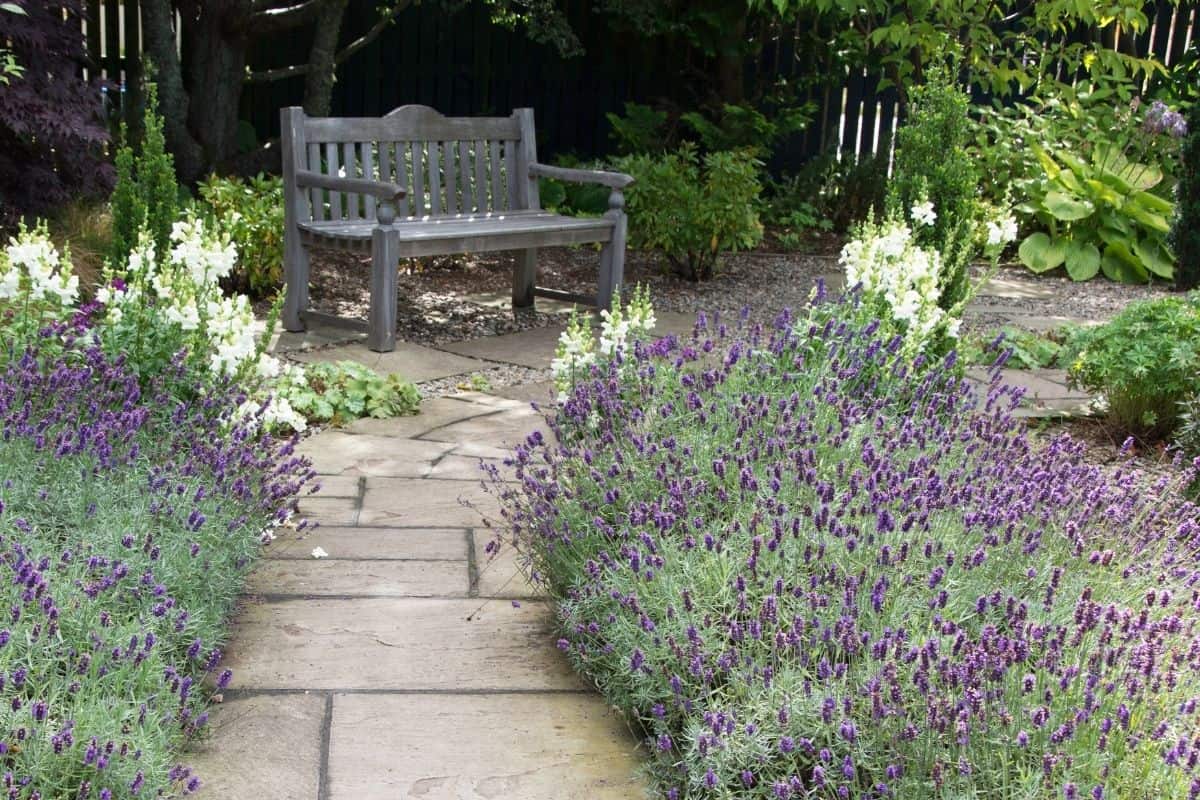
Turn your garden into a relaxing oasis with a host of plants that give off a pleasant, calming fragrance. Choose a quiet spot in the garden or your favorite place to sip a mug of tea. A private, enclosed area is best. Fill the space with a variety of quieting scents, and plant a few along the path as well, so that you brush up against them or crush some leaves underfoot as you make your way to your happy place.
Creeping thyme makes a wonderfully aromatic groundcover between stepping stones, and lavender that spills over the edges of a path will fill the air with its sweet scent when rustled by passing legs or trailing hands.
Chamomile, roses, and some scented geraniums also offer relaxing fragrances. Tailor the plants to your own preferences; any plant whose scent makes your shoulders drop deserves a place in your relaxation garden.
4. Seasonal scent garden
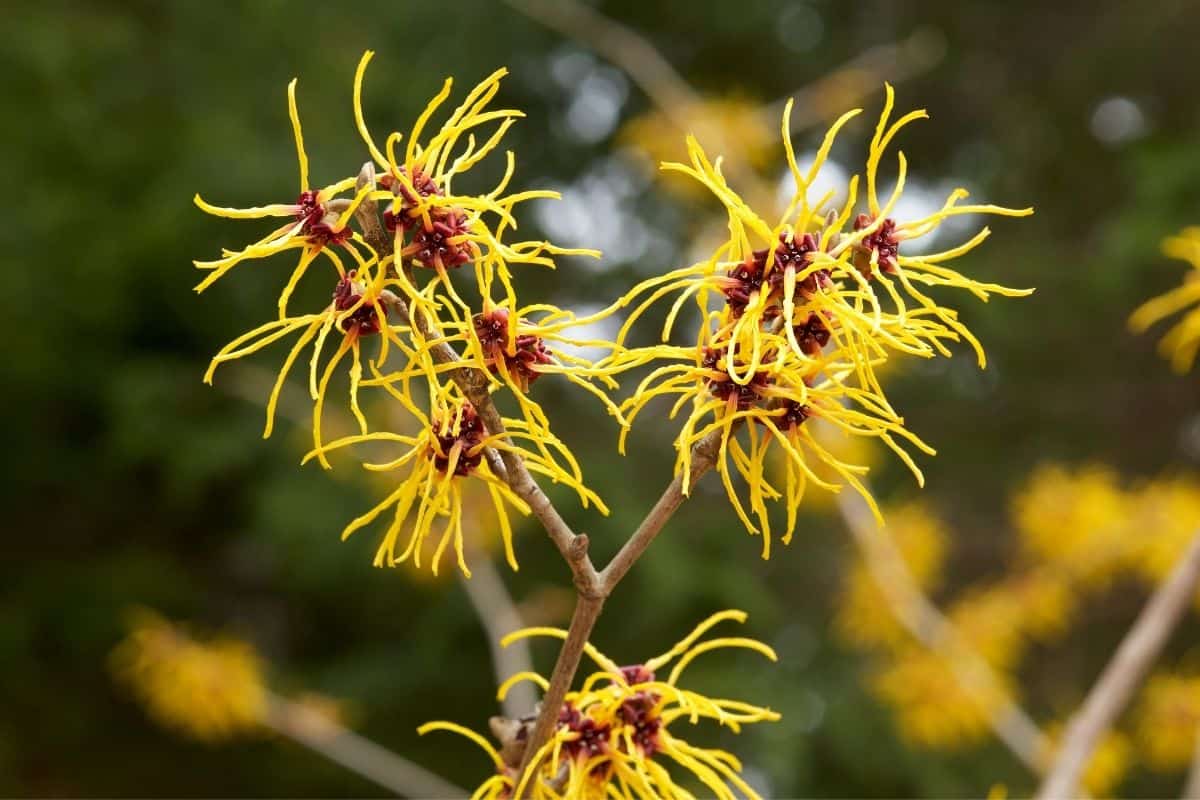
Gardens should be enjoyed year-round, and a scented garden is no different. Just as you would plan for a garden to be visually pleasing in every season, you will want to plant accordingly for fragrance. Choose fragrant flowering plants with varying bloom times for a succession of blossoming scents from early spring into fall, and include a few plants that bear scented foliage throughout the growing season.
Witch hazel actually blooms in the winter, and some species are native to the US. Wintersweet is another great winter bloomer, and fragrant sweet box offers deep green foliage year round, with small but exceptionally fragrant flowers in spring.
Many aromatic plants can also be dried for use in potpourri or dried arrangements to keep your house smelling sweet throughout the winter.
During the regular growing season, wonderfully fragrant flowers include dianthus, phlox, meadowsweet, lilies, jasmine, wisteria, lily of the valley, sweet peas, hyacinth, and sweet alyssum.
5. Aromatic herb garden
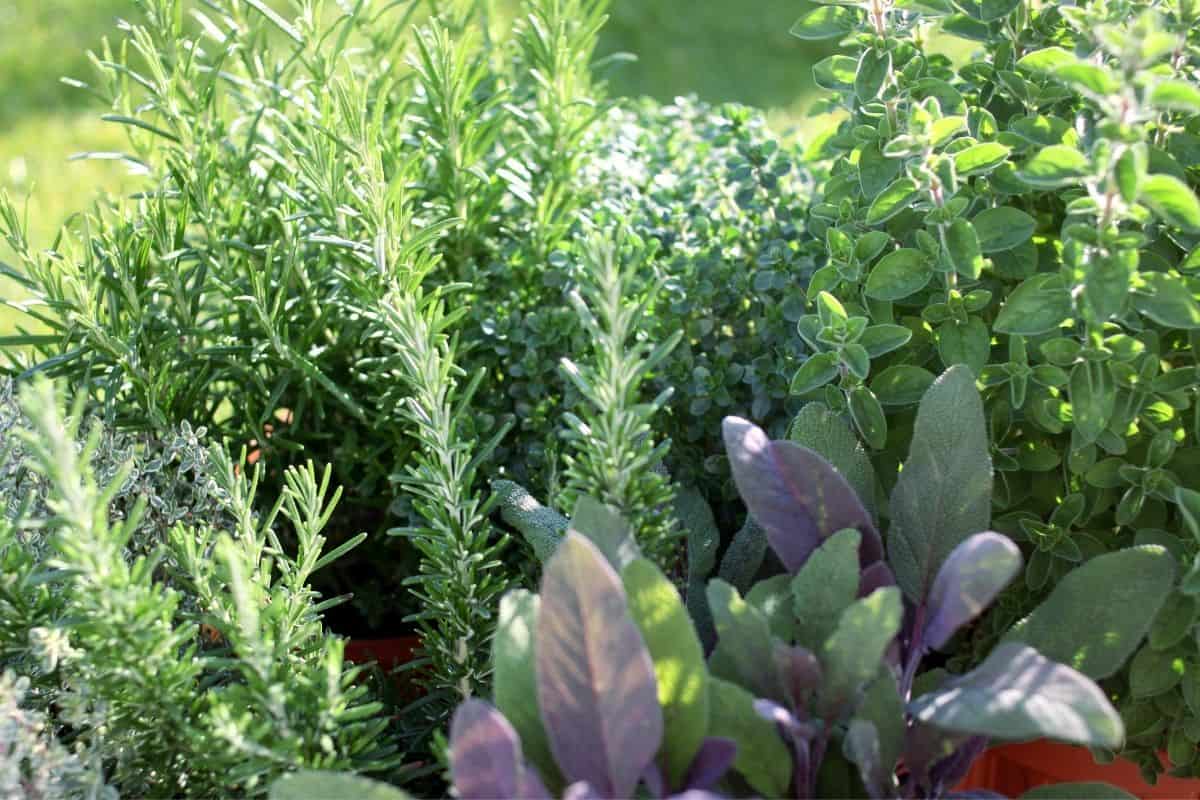
Many herbs offer not only culinary or medicinal uses but also pleasantly powerful fragrances. Plant an herb garden near your back door for easy access from the kitchen, or scatter several aromatic herbs throughout your vegetable or flower garden. Herb spirals are popular for practical as well as aesthetic reasons, while a raised bed garden brings the fragrant herbs closer to your clippers — and your nose.
Some of the best-scented herbs include, of course, lavender, as well as rosemary, mints, pineapple sage, thyme, and scented geraniums. Mint should be grown in a container or enclosed bed to avoid unwelcome spreading, but lavender makes a lovely walkway border, and rosemary can actually be grown as a hedge.
Plant thyme as a groundcover and arrange a few pots of various scented geraniums around the patio; they’ll need to come inside to overwinter in colder regions. The vibrant red or pink flowers of pineapple sage work beautifully in a pollinator garden or to brighten up an herb garden.
6. Scented trees and shrubs
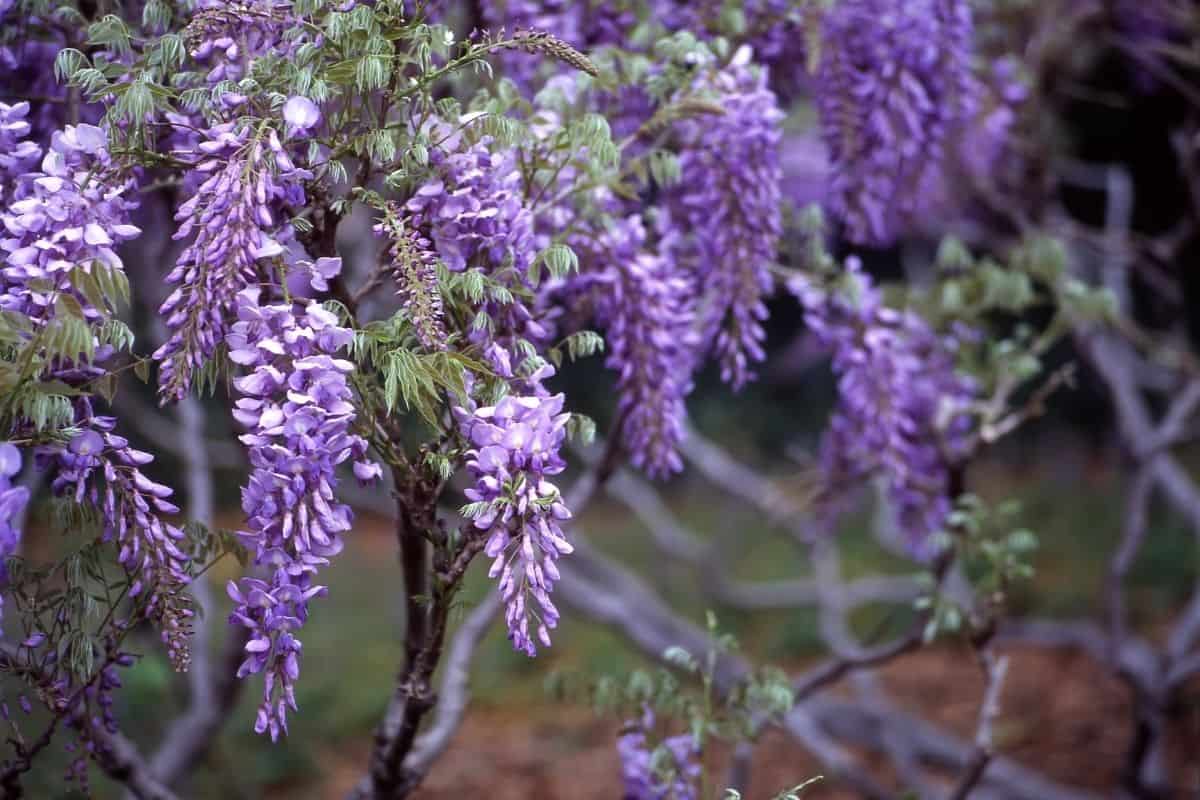
Vines like wisteria and jasmine can add height to your fragrant garden, but don’t forget about scented trees and shrubs as well! In addition to fruit trees, such as apple, look to flowering trees like linden trees, Japanese flowering cherry, and sweetbay magnolia for lovely scents.
And there are numerous fragrant shrubs to choose from:
- lilac
- butterfly bush
- honeysuckle
- daphne
- Korean spice bush
- mock orange
- sweet olive
- gardenia
- witch hazel
- rose
7. Best locations for fragrant plants
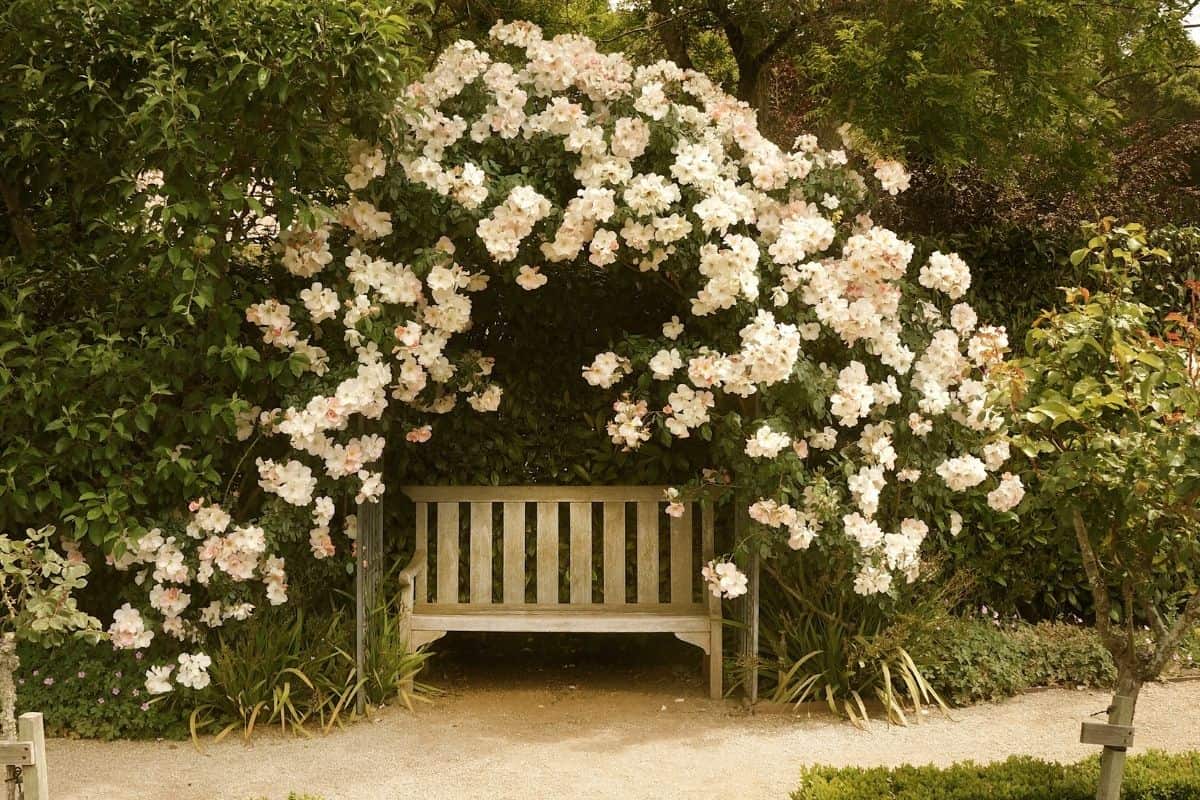
In addition to deciding on the types of plants, and their scents, it’s important to consider where to place your fragrant plants. Where will you most enjoy and appreciate your carefully chosen scented flowers and foliage? Think about paths you walk frequently or places you like to sit. Of course, you also need to keep in mind the needs of each plant.
Some excellent locations for scented plants include around a patio or other seating area, beside a favorite bench or hammock, along a commonly used walkway, next to doorways, and around windows. Just imagine opening your window to the sweet scent of honeysuckle or walking out the door and inhaling lilac.
Fragrant plants aid in relaxation, improve mood, engage the senses, and add to the overall enjoyment of a garden. Go ahead and choose a few plants for your outdoor space based entirely on their pleasing smell, or dive into the fun of designing a whole scent garden.
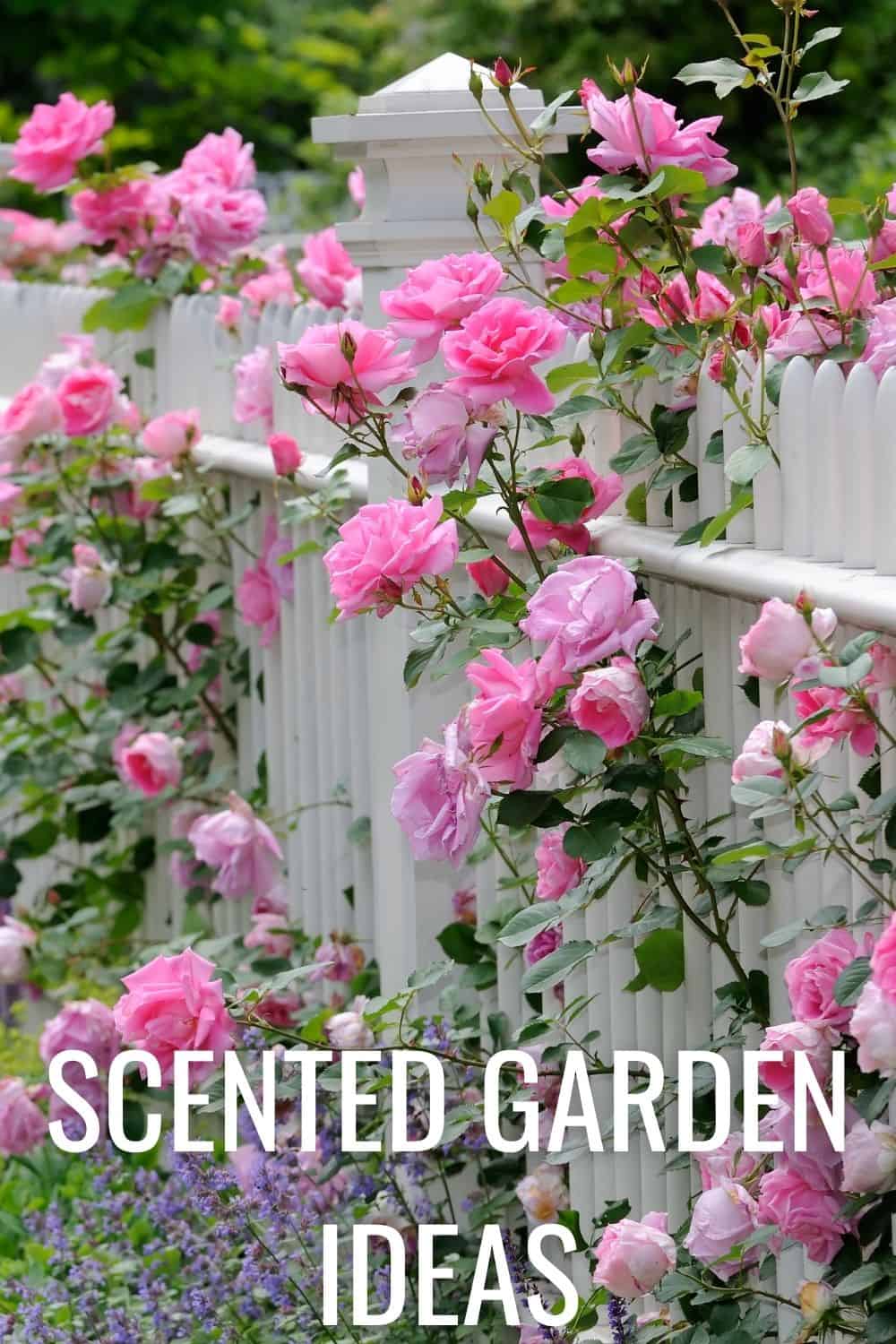




 ?. ts.dhung.
?. ts.dhung.
